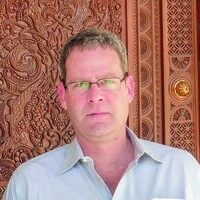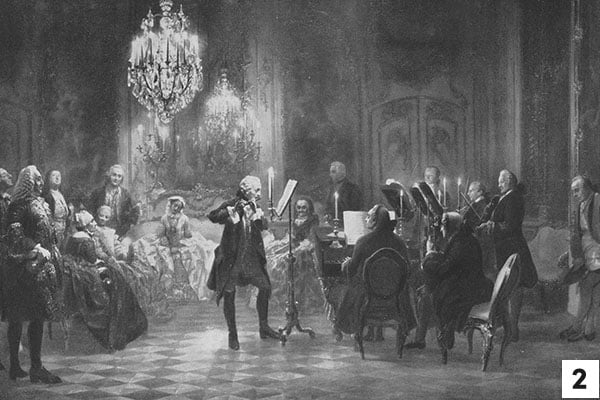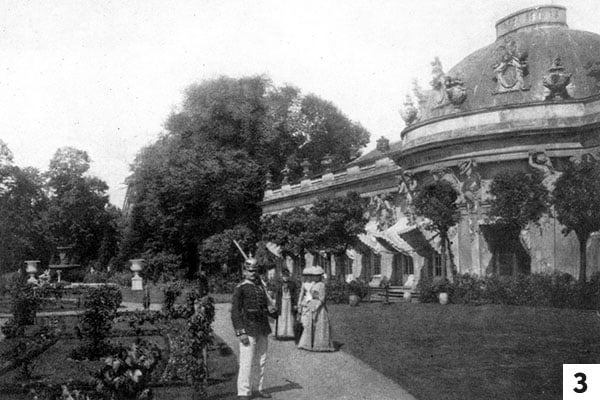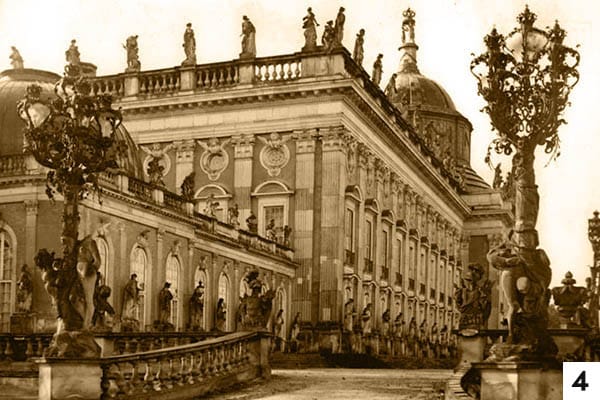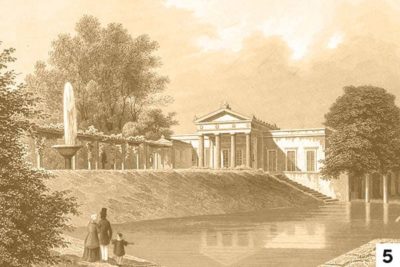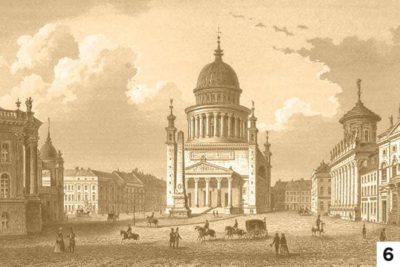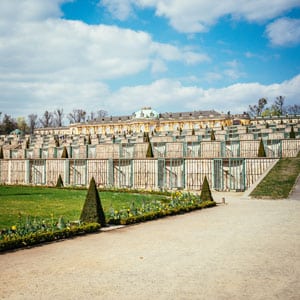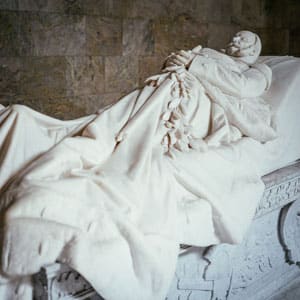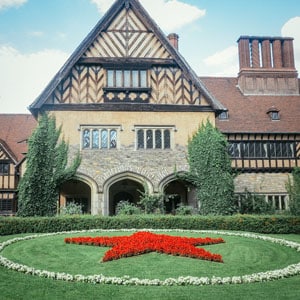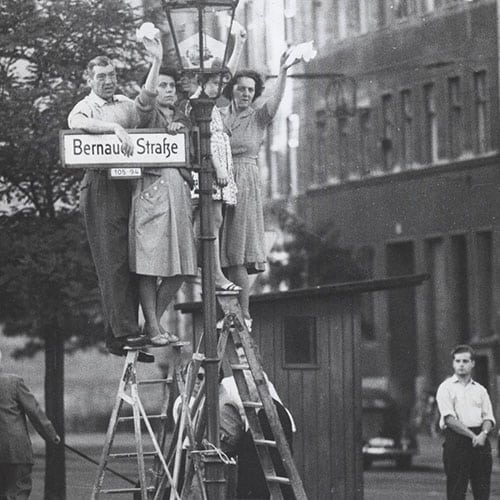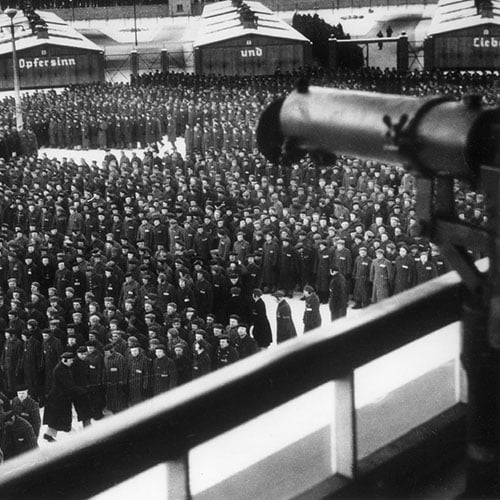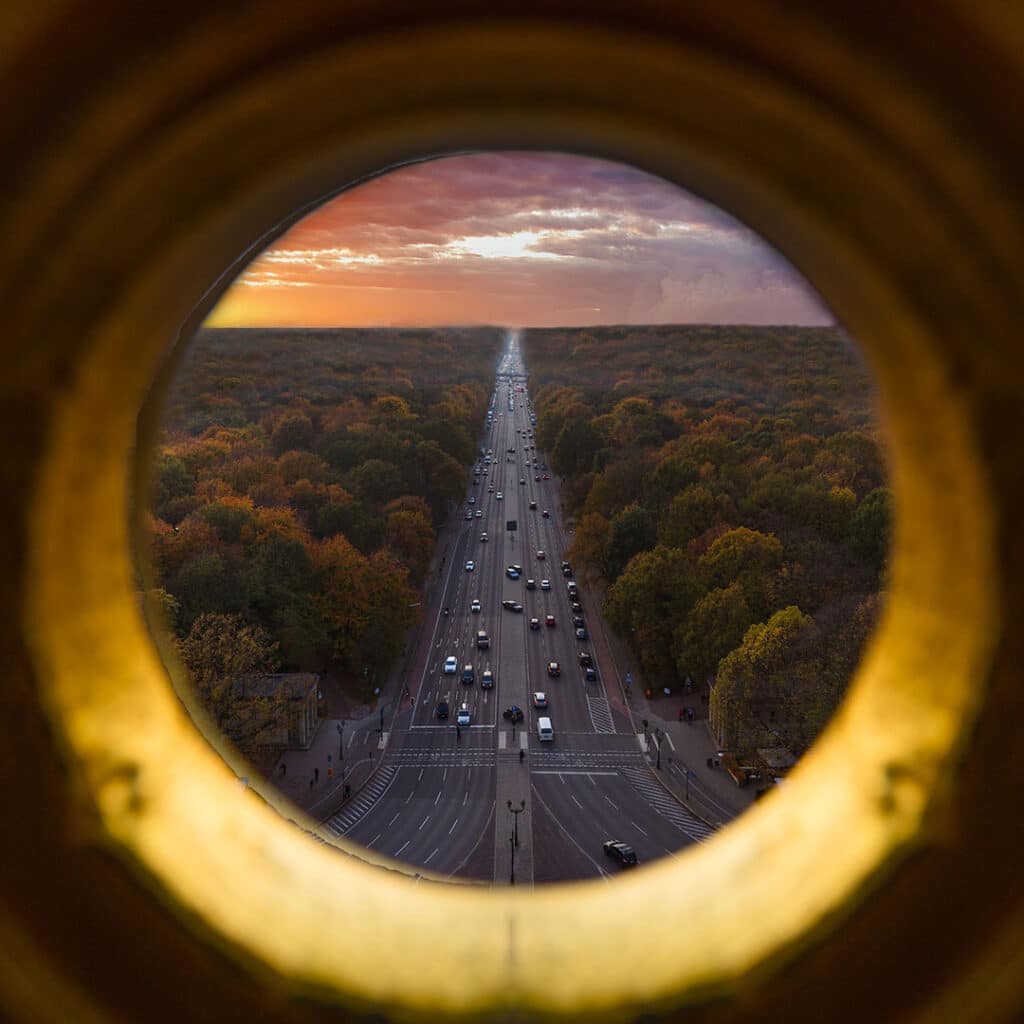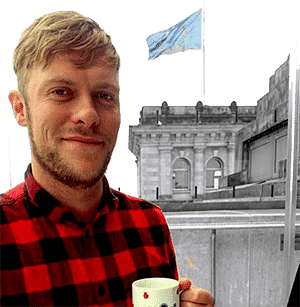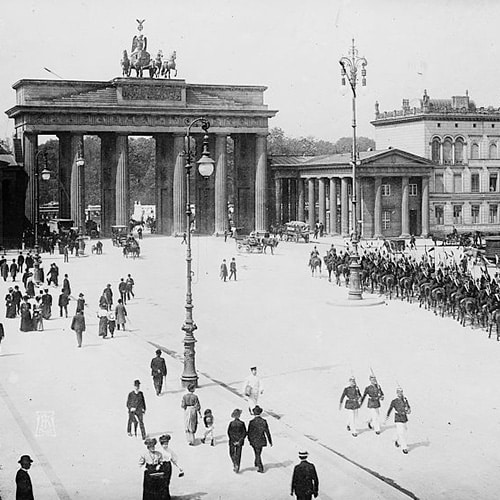
BOOK ONLINE
THE GOLDEN CAGE OF THE IRON KINGDOM
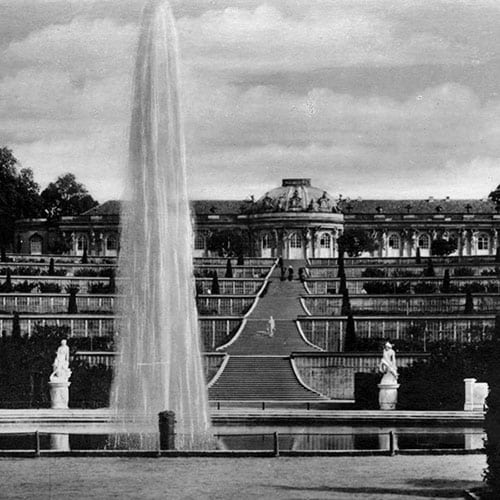
The ROYAL
POTSDAM Tour
hour
private van tour
– max 6 person group
per group
includes 19% VAT, guide fee, booking fee, admin fee, transportation and driver costs, and tourism insurances
Our Royal Potsdam Tour can start wherever is best for you – at your accommodation or elsewhere
Home » Full Day Experiences » The Royal Potsdam Tour – The Glory Of Prussia
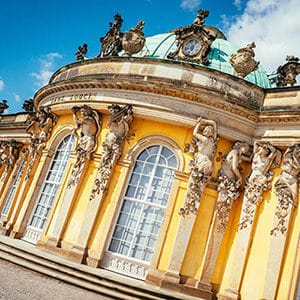
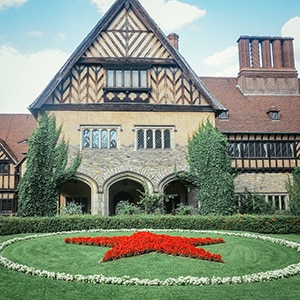
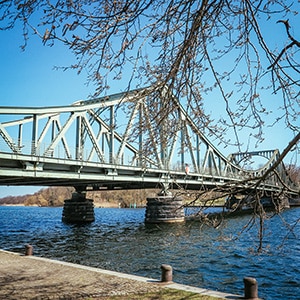
Discover the story of a mighty European state that no longer exists – the Kingdom of Prussia. Understand how this defunct power redrew the map of the European continent; became the driving force behind German unification, and the leading state in the German Empire.
Examine the jewel in the Prussia crown – the captivating ensemble of UNESCO World Heritage listed parks and palaces in Potsdam – the former summer residences of the Prussian Kings & German Emperors –join us inside the Golden Cage of the Iron Kingdom.
TOUR HIGHLIGHTS
…Schloss Charlottenburg, Schloss Sanssouci, the grave of Frederick the Great, the Schloss Cecilienhof site of the Potsdam Conference, the Neues Palais, the ‘Bridge of Spies’, and much more…
TOUR GUIDES

Matt
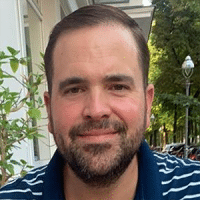
Jim
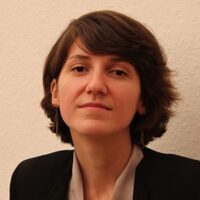
Ioana

Forrest
